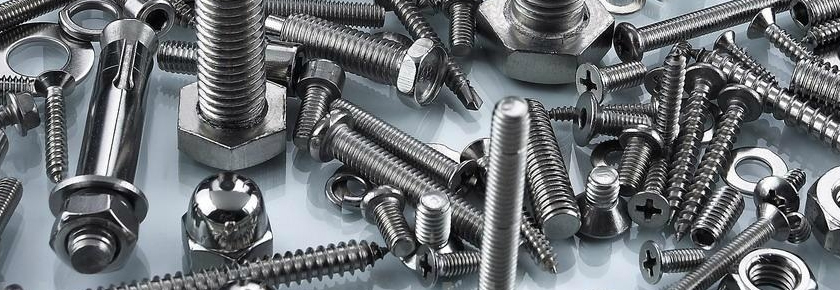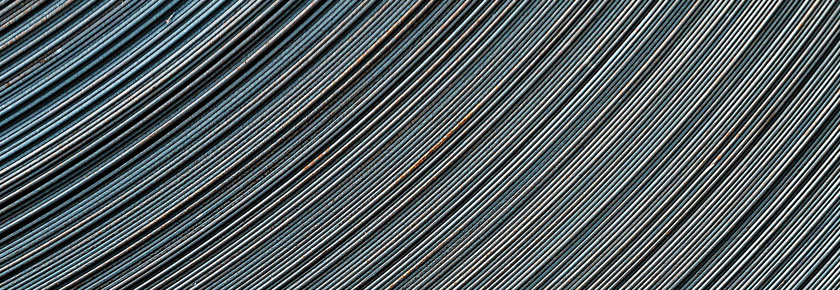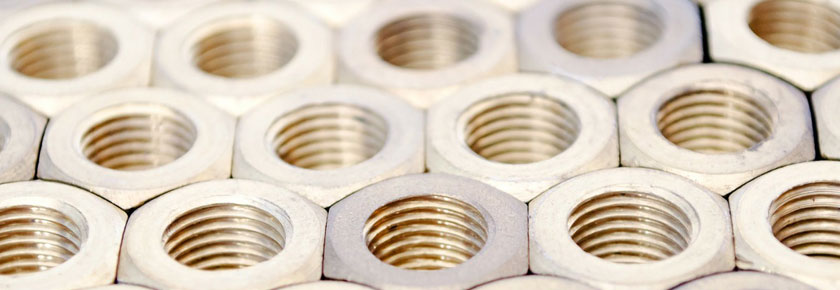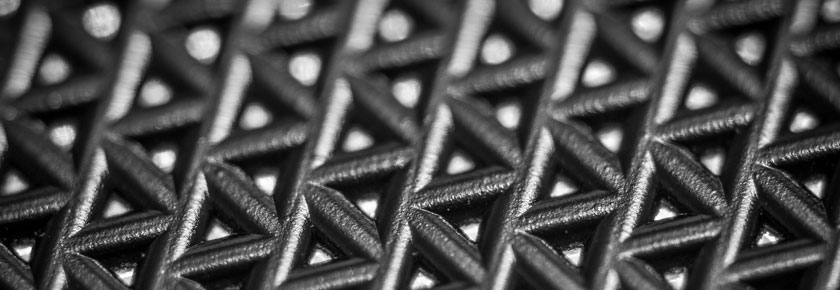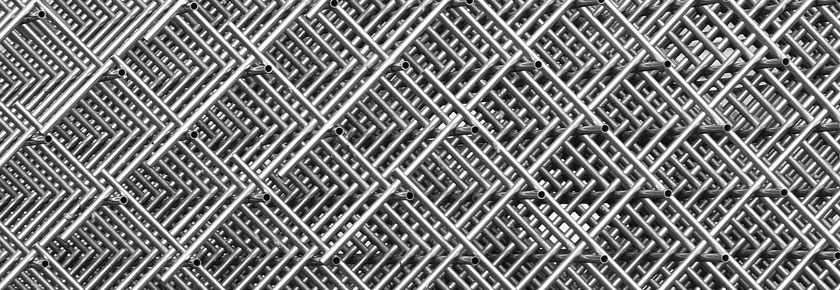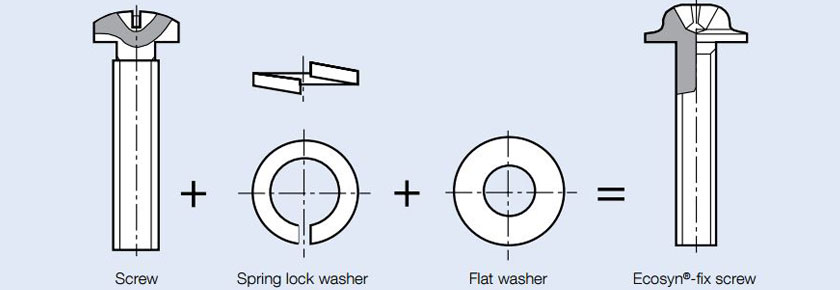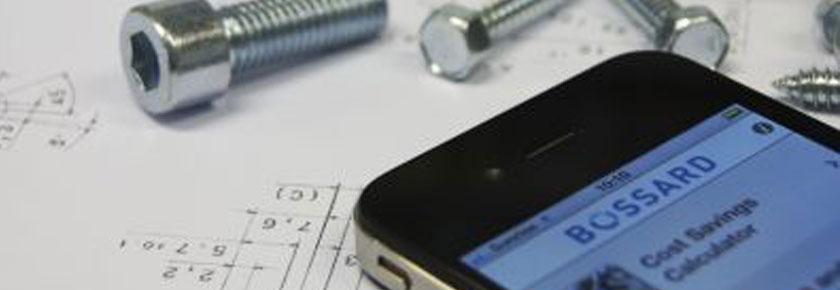The purpose of a factory is the mass production of goods. It allows for a company to make many products very quickly. Ultimately, the faster and better that companies can make products the more money they can make.
Factories have been around for a while, but now we are transitioning into something new—Smart Factories. “A new type of factory, so-called Smart Factories, are emerging worldwide. Manufacturers require flexible production lines and sites,” explains Urs Güttinger, Head of Smart Factory Logistics at Bossard. “Smart technologies enable this agile production at a fraction of the cost and time.”
At Bossard, we are on top of this new trend. We can help you implement smart manufacturing with our Smart Factory Logistics methodology. This methodology helps develop a leaner, faster, and better manufacturing process within your factories.
Bossard’s Smart Factory Logistics
We provide a simple yet intelligent process – Smart Factory Logistics is the complete system that manages your B- and C-parts. The proven methodology uncovers the potential for improvement and makes that potential a reality.
We provide customized solutions – We have advanced technological systems like SmartBin Cloud and SmartLabel Cloud that provide real-time information about the parts you have and the parts you need. That way your factory is provided with exactly what you need, not what you might need.
We provide transparency – Bossard has a supply chain collaboration software, ARIMS, that collects and processes the data from your specific factory. This software pulls together all the information you need from our systems like SmartBin Cloud and SmartLabel Cloud as well as other information you need to get the job done. This creates transparency between you and the customer as they can receive real-time information online.
If you are ready to step up and take your factory to the next level, contact us at ProvenProductivity@bossard.com. You can also find more information at www.smartfactorylogistics.com.
NEXT UP
Smart Factory Logistics – Last Mile Management
Bossard SmartLabel – Smart Factory Logistics


